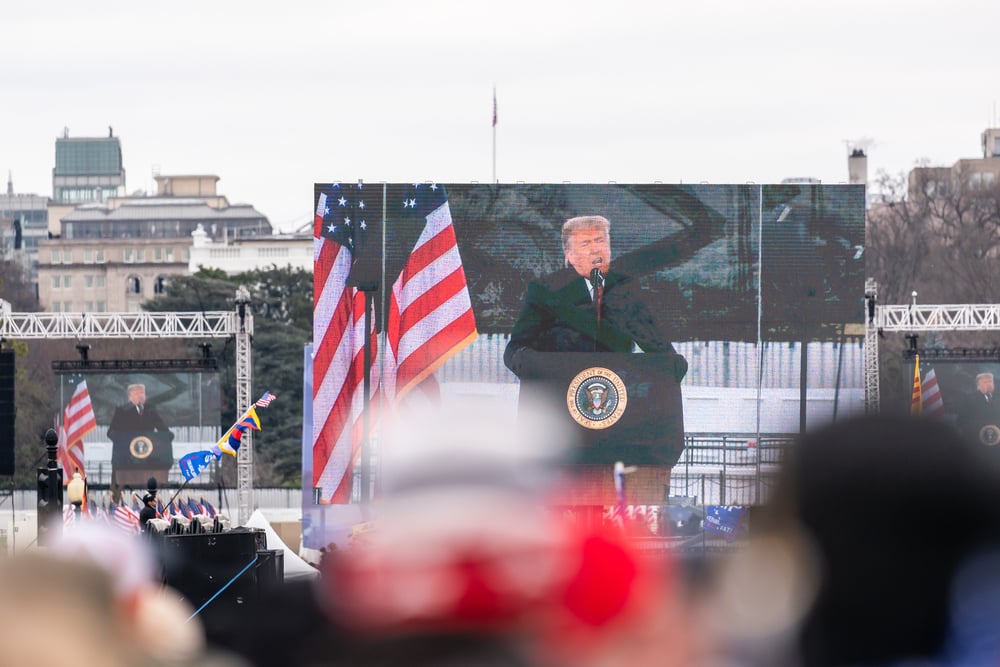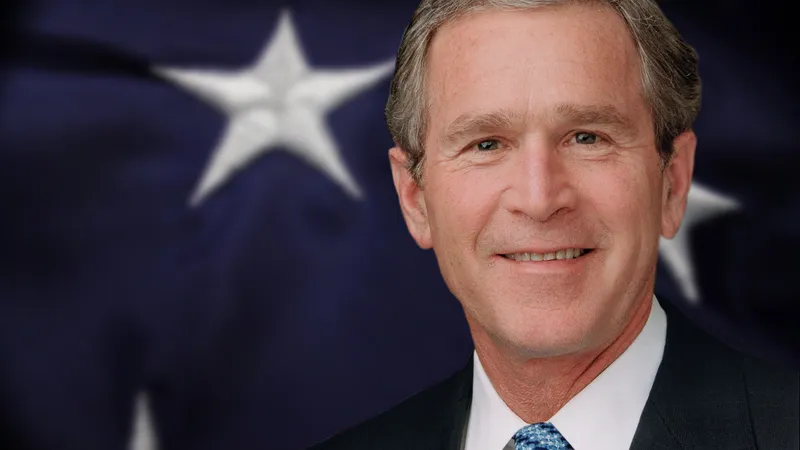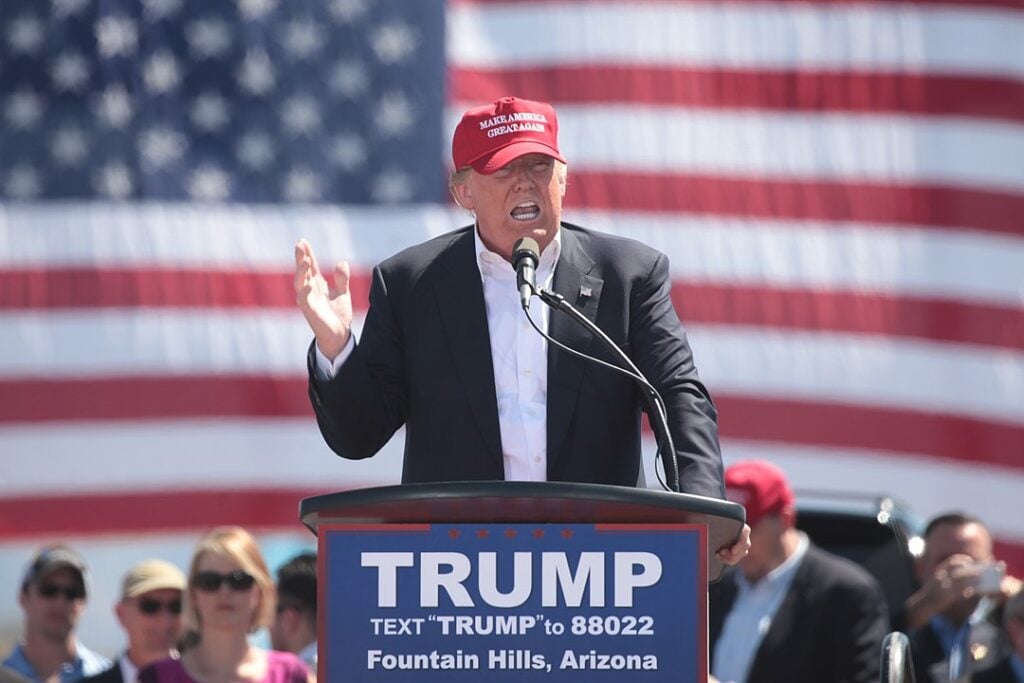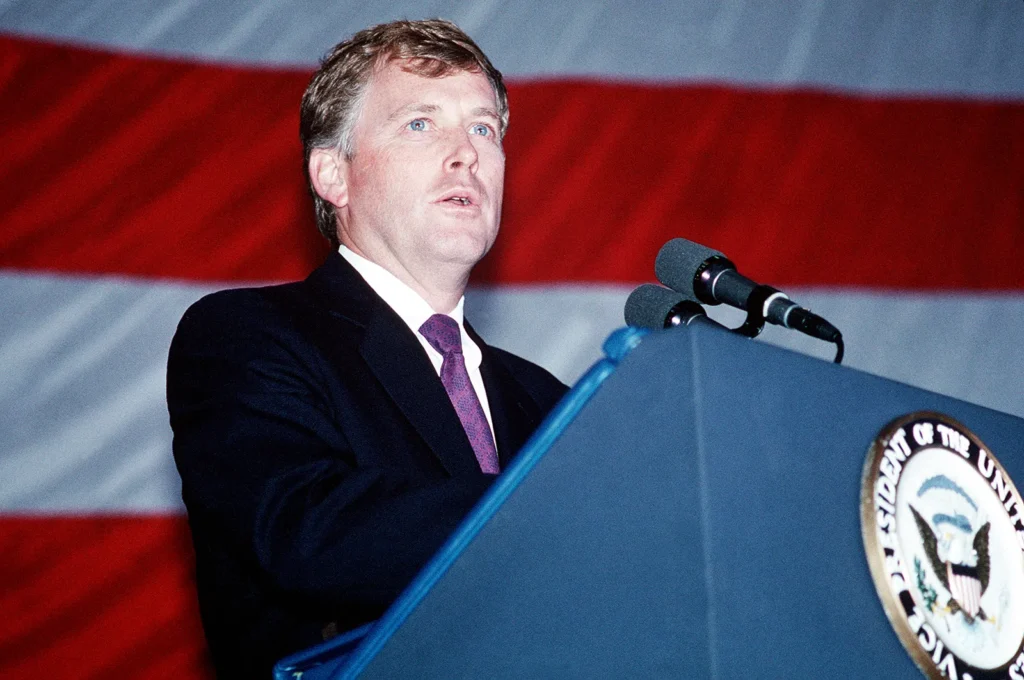The torch has been passed to a new generation.

The “Silent Generation” gave way to a wave of leaders born in the post-World War II era, forever changing the face of American politics. This demographic shift brought new perspectives and experiences to the nation’s highest offices, shaped by decades of immense social and technological change.
These individuals, products of a prosperous and populous time, carried the unique cultural and economic imprints of their upbringing into the White House, influencing policy and public discourse in ways that continue to resonate today.
1. William Jefferson Clinton was the first.

Bill Clinton, born in 1946, stands as the first baby boomer to win the presidency. His arrival in the White House in 1993 truly signaled a generational shift in American leadership, moving away from the World War II and Silent Generations that had previously held power. His campaign and presidency were infused with a sense of modernism and a focus on the future, starkly contrasting with his predecessors, as mentioned in the American Enterprise Institute. He often spoke of building a “bridge to the 21st century,” a theme that resonated with many who felt it was time for a fresh perspective.
His youth and energetic style were hallmarks of his political identity, often highlighted by his saxophone playing on late-night television. Clinton’s presidency oversaw a period of sustained economic growth and the dot-com boom, events that seemed to mirror the optimistic and ambitious spirit often associated with his generation. He navigated the complexities of a post-Cold War world, grappling with new global challenges and ushering in an era of digital transformation, leaving a lasting mark on the country’s trajectory.
2. George W. Bush followed his father’s footsteps.

Just like Clinton, George W. Bush was born in 1946, placing him squarely in the first wave of the baby boom. His presidency, beginning in 2001, brought another boomer to the Oval Office, though with a distinctly different political philosophy and style than his predecessor. The son of a former president from the “Greatest Generation,” his rise represented a continuation of a political dynasty but through a new generational lens. His early focus on domestic policy, including education reform with the No Child Left Behind Act, reflected a different set of priorities, as reported by Medium.com.
The September 11th terrorist attacks dramatically redefined his presidency, thrusting foreign policy and national security to the forefront. This pivotal moment not only shaped his time in office but also became a defining experience for his generation of leaders, forcing them to confront a new type of global conflict. His response to the attacks and the subsequent wars in Afghanistan and Iraq became the central narrative of his two terms, showcasing a boomer leader navigating the nation through a period of immense uncertainty and fear.
3. Donald J. Trump was a non-traditional boomer president.

Also born in 1946, Donald J. Trump’s election in 2016 added a third baby boomer to the presidential roster. His background as a real estate mogul and reality television personality, rather than a career politician, set him apart from his generational peers who had occupied the White House. His presidency was characterized by a populist appeal and a disruptive approach to domestic and international policy, challenging the established norms that had been largely upheld by previous administrations, as per the Star Tribune. He was, in many ways, an unconventional boomer leader.
His use of social media to communicate directly with the public was a revolutionary tactic that bypassed traditional media channels. This approach, combined with his “Make America Great Again” slogan, tapped into a sense of nostalgia and economic anxiety felt by many Americans, including those within his own generation. His term in office was marked by significant policy changes, political polarization, and a constant reshaping of the political discourse, reflecting a different facet of the boomer experience.
4. J. Danforth Quayle was the actual first boomer VP.

Born in 1947, Dan Quayle’s vice presidency from 1989 to 1993 makes him the very first baby boomer to serve in one of the nation’s two highest offices. He took office alongside George H.W. Bush, a member of the “Greatest Generation,” creating a ticket that bridged two distinct eras of American life. Quayle’s youth and boomer status were often contrasted with Bush’s more seasoned, old-school demeanor. He was selected as a running mate in part to appeal to a younger, more conservative wing of the Republican party.
During his tenure, Quayle was often the subject of intense media scrutiny and became known for public gaffes, most famously a moment involving the spelling of “potato.” Despite the frequent caricature, he chaired the Council on Competitiveness and was involved in space policy as chairman of the National Space Council. His time in office was a precursor to the larger generational takeover that would occur just four years later, quietly setting the stage for boomer leadership.
5. Albert Gore Jr. formed the first all-boomer ticket.

Al Gore, born in 1948, became the second baby boomer to serve as vice president. His election in 1993 alongside Bill Clinton was a historic moment, creating the first-ever executive branch led entirely by their generation. This partnership truly cemented the boomers’ arrival as the dominant force in American politics. As vice president, Gore was deeply involved in a wide range of policy initiatives, from foreign relations to technology. He famously championed the “Information Superhighway,” which helped frame the public’s understanding of the burgeoning internet.
His eight years as vice president were also marked by a focus on the environment, an issue he would become even more associated with after leaving office. Gore’s early and vocal advocacy for climate change awareness positioned him as a forward-thinking leader, though it was a topic that had not yet reached the political forefront it occupies today. His subsequent career has defined him as a boomer leader who looked beyond immediate political concerns to address long-term global challenges.
6. Michael R. Pence represented a conservative boomer viewpoint.

Serving from 2017 to 2021, Mike Pence, born in 1959, was another baby boomer who occupied the vice presidency. Paired with Donald Trump, he was part of the second all-boomer ticket to lead the executive branch. Pence’s political identity as an evangelical Christian and staunch social conservative brought a different boomer perspective to the White House, one that contrasted with the more secular or moderate views of his predecessors from the same generation. His presence on the ticket was seen as crucial for solidifying support among conservative and religious voters.
Before becoming vice president, Pence had a long career in talk radio and as a member of Congress and Governor of Indiana. This background shaped his disciplined and traditional communication style, which often served as a steady counterpart to President Trump’s more unpredictable nature. As vice president, he was a key figure in policy discussions related to healthcare, judicial appointments, and social issues, reflecting the priorities of the conservative movement that grew powerful during the boomers’ time.
7. Kamala D. Harris stands at the generational crossroads.

Born in 1964, Kamala Harris sits at the very end of the baby boomer spectrum, with many demographers placing her as one of the youngest boomers, while others mark her as an early member of Generation X. This unique generational placement gives her a distinct perspective, having come of age during a different cultural and technological period than the boomers born in the 1940s. Her election as vice president marked another significant moment in the ongoing story of generational succession in American politics.
Her career as a prosecutor, attorney general, and senator reflects a path forged in the later 20th and early 21st centuries. As vice president, she represents a link between the established boomer political class and the rising influence of younger generations. Her policy interests and public persona often bridge the concerns of both groups, tackling contemporary issues while working within a political system largely built by her generational predecessors. She embodies the transition of power and perspective that is currently underway.
